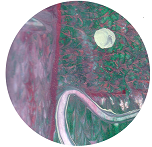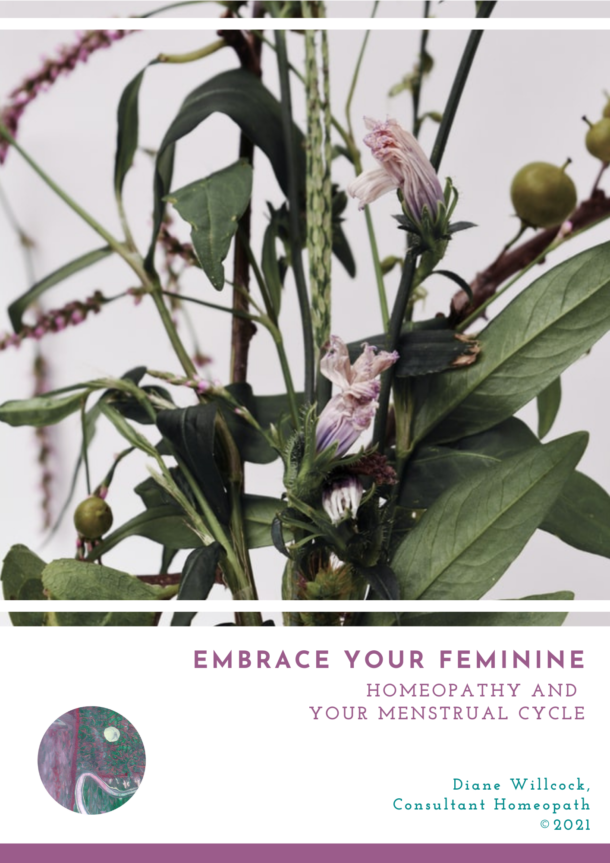Most women can relate to the concept of period pain (dysmenorrhea). The pain can range from mild to extreme. Many people think that it is normal. Some will take a pain-killer to get through the day. Some will take a pain-killer followed by a strong coffee – works for them!
Any other pain would alert us to a potential problem rather than something we just have to live with. Actually, period pain is a signal of something not right.
PERIODS SHOULD NOT BE PAINFUL!!
What Causes Period Pain?
Period pain is often described as cramps – the uterus is contracting to expel its lining. (Some discomfort is ok given that this is happening.)The pain can extend to the lower back and thighs.
Primary dymenorrhea (period pain without an underlying pathology) is thought to be associated with excess production of Prostaglandins (hormone-like fats which are involved in blood-vessel constriction and blood clotting) and Leukotrienes (inflammatory mediators known to cause vasoconstriction and uterine contractions) but the process is not fully understood.
Women who experience excess pain may have a build-up of prostaglandins and so experience stronger contractions.
Period Pain Caused by Medical Conditions
Secondary dysmenorrhea is period pain from an underlying medical condition such as
- Endometriosis – where cells that normally line the womb grow in other places, such as in the fallopian tubes and ovaries; these cells can cause intense pain when they shed
- Fibroids – non-cancerous tumours that can grow in or around the womb and can make your periods heavy and painful
- Pelvic Inflammatory Disease – where your womb, fallopian tubes and ovaries become infected with bacteria, causing them to become severely inflamed
- Adenomyosis – where the tissue that normally lines the womb starts to grow within the muscular womb wall, making your periods particularly painful
If you have severe period pain, get checked for an underlying condition.
Keep in mind though that all of these conditions are symptoms of an even deeper underlying disturbance* which needs to addressed.
*The founder of Homeopathy, Dr Samuel Hahnemann, claimed that all disease is a mis-tunement of the Vital Force.
Self-Help for Period Pain
Learning how to Identify Biomarkers and Track your Period can be a good way to begin addressing your period pain.
Some women find they can manage their period pain with a few lifestyle changes. There is anecdotal evidence that simply switching to natural pads or a menstrual cup can significantly diminish the pain.
Suggested life-style changes are listed in my blog on Homeopathy and PMS
In particular, avoiding highly processed foods (e.g. refined oils, sugar, grains) can reduce the production of prostaglandins.
Other measures include
- Exercise – you may not feel like exercising during a painful period, but being active may reduce pain for some women
- Heat – putting a heat pad, wheat bag or hot water bottle (wrapped in a tea towel) on your tummy may help reduce pain
- Warm bath or shower – taking a warm bath or shower might relieve pain and help you relax
- Massage – light, circular massage around your lower abdomen may also help reduce pain
- Relaxation techniques – relaxing activities, such as yoga or Pilates may help distract you from feelings of pain and discomfort
HOMEOPATHY For Period Pain
Homeopathic remedies are completely safe and free from side-effects. Women have been using homeopathy from period problems for over 200 years.
Read more about homeopathy
For uncomplicated period pain and even for immediate relief in more complicated cases there are remedies that can effectively be used by the home prescriber who has some basic knowledge of homeopathy. This acute approach may be all you need but often best results are achieved by constitutional remedies as well.
For conditions such as Endometriosis and Fibroids, professional homeopathic prescribing is recommended. A homeopath will take a full case history looking at all aspects of the client’s health, family history, personality, environmental interactions, stressors and so forth. A well-selected remedy based on these indications will enable healing at a deep level.
There are hundreds of remedies useful for period pain and other menstrual problems. Here are a few of the most common ones and some indications for their use.
Magnesium Phosphoricum
One of the most common remedies for period pain. Indicated for cramping pains that make you want to to curl up in bed with a hot water bottle.
Seems to work best taken in hot water.
Colocynthis
Similar to Mag phos (consider when Mag phos looks indicated but does not work).
Indicated when you are doubled over with the pain. Better for hard pressure and heat. Pain in uterus is sometimes described as cramp-like as if parts are squeezed in a vice. You may be restless and moaning.
Kali carbonicum
Main remedy for pain in lower back or sacral region during menstruation. Pain may be aching, pressing, or bearing down. The pain may extend to hips and thighs.
Vibernum
From a plant known as cramp bark, this remedy is indicated for excruciating cramps and bearing-down pains through lower abdomen and uterus, radiates down thighs. It is worse before and at the beginning of the period, and eases as the flow increases and after passing clots.
Flow may be scanty and thin. There may also be shooting pain over the ovaries.
Sepia
Bearing down pains & cramps and feeling as if legs must be crossed to keep pelvic organs from coming out of vulva.
Constipation with sensation of heavy lump in anus during painful periods. Stool is very hard and passes out in small round balls.
Nux vomica
Constant desire to pass stool with pain during periods. The stool is very small. The pain in the lower abdomen gets better after passing stool but soon reappears with renewed urge to pass stool. The periods are prolonged and may be accompanied by fainting. Griping and digging pains in uterus. Grinding pain in lower back.
Pulsatilla
Especially useful for period pain during puberty. The pains are worse in lower abdomen and back. The intensity of pains is severe, even like labour, leading to cries from the patient. The bleeding during periods may be scanty and irregular. Flow may be only during the daytime. There may be a tearful mood and preference for cool, fresh air.
Belladonna
Period pains are throbbing or pulsating in character, and come on suddenly and violently. There is often a marked feeling of fullness and pulsation in the region of the uterus, and the symptoms may be worse on the right side. They feel better for bed rest. Backache as if it would break. There may also be a throbbing headache.
Xanthoxylum
Violent, grinding pains in lower abdomen or back that extend to the thighs or radiate over the whole body. No relief in any position.
Case Study
L, aged 18, complained of abdominal pains every month on the first and second days of her period. She cannot remember a period without the pain. She describes the pain as like something grabbing really tight. She also experiences some bloating. She feels better for bending over and prefers to curl up in bed with a wheat bag. Generally needs to take a OTC painkiller to get through the day.
She tried Mag phos which helped just a little. Later L was prescribed a constitutional remedy which helped significantly on deep levels but the period pain continued. A closer look at her symptoms emphasised that she doubles up with the pain and moans. Colocynthis was then prescribed. Pain was relieved and the following month there was no pain at all.
All too complicated? Talk to a Professional
Whatever your health issue may be, it is uniquely yours and the path to wellness is uniquely yours.





